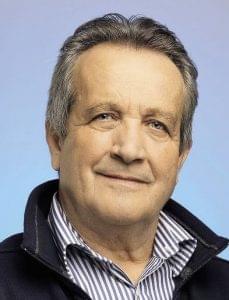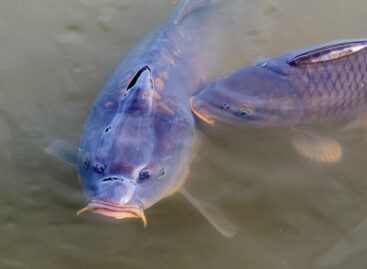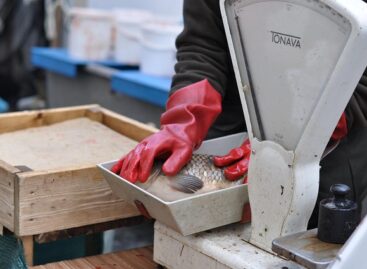Intensive fish farming has a stable future
Ferenc Lévai, CEO of Aranyponty Zrt. informed that cultivating fish in lakes is less profitable than other forms of farming, the rate is about 4-5 percent. The mains reason behind this is the lack of area- and fish-based funding, and the fact that any investment only starts making returns in 2-3 years.

Ferenc Lévai
CEO
Aranyponty
The CEO revealed that the Hungarian Fisheries Operational Programme (MAHOP) could work better, as applicants have to wait for a long time for funding decisions. He hopes that fish processing-related projects will be realised as soon as possible, because this segment is lagging behind: Market demand is bigger than the production capacity currently available.
Changing consumption habits can be felt in this domain as well. Mr Lévai reckons one of the biggest changes is the decrease in live fish sales, as a growing number of shoppers prefer ready-to-cook fish products. Just like in the case of meat, higher added value generates higher sales in the fish segment.
Hungary’s fisheries sector can’t make progress without the development of fish cultivation in lakes, by which the emphasis would shift from quantity to quality. These lake aquacultures can also satisfy the rapidly developing fishing tourism needs. Mr Lévai said intensive fish farming has a stable future, as sea catch rates are declining but demand for fish is on the rise, thanks to the current health trend.
Related news
There will be no shortage of high-quality Hungarian fish, according to professional organizations
🎧 Hallgasd a cikket: Lejátszás Szünet Folytatás Leállítás Nyelv: Auto…
Read more >Despite the drought, there will be no shortage of high-quality Hungarian fish
🎧 Hallgasd a cikket: Lejátszás Szünet Folytatás Leállítás Nyelv: Auto…
Read more >István Nagy: there will be enough Hungarian fish for every family’s table
🎧 Hallgasd a cikket: Lejátszás Szünet Folytatás Leállítás Nyelv: Auto…
Read more >Related news
Christmas shock in commerce: for the first time, we can pay with bank cards in fewer places
🎧 Hallgasd a cikket: Lejátszás Szünet Folytatás Leállítás Nyelv: Auto…
Read more >Hungarian Confectionery Manufacturers Association: trends in 2025 and prospects for 2026
🎧 Hallgasd a cikket: Lejátszás Szünet Folytatás Leállítás Nyelv: Auto…
Read more >Most grocery chains will be open until noon on December 24th
🎧 Hallgasd a cikket: Lejátszás Szünet Folytatás Leállítás Nyelv: Auto…
Read more >





